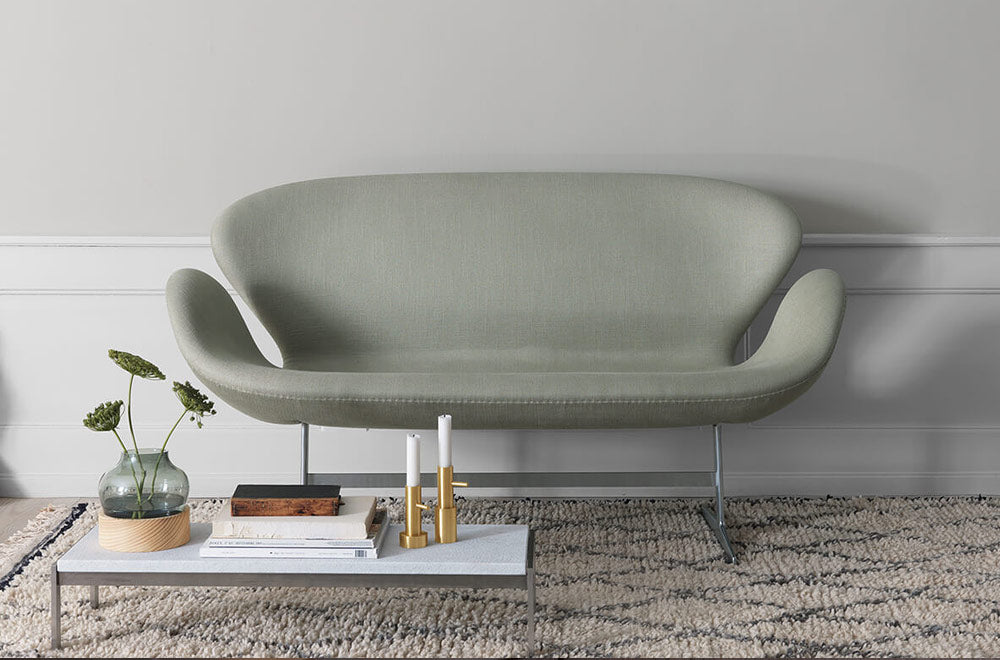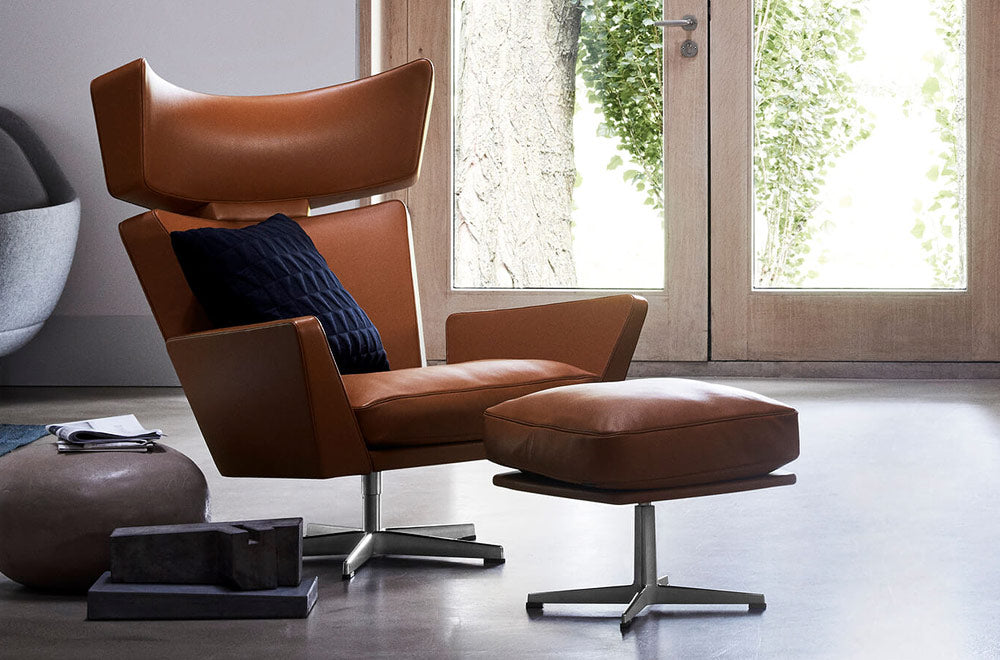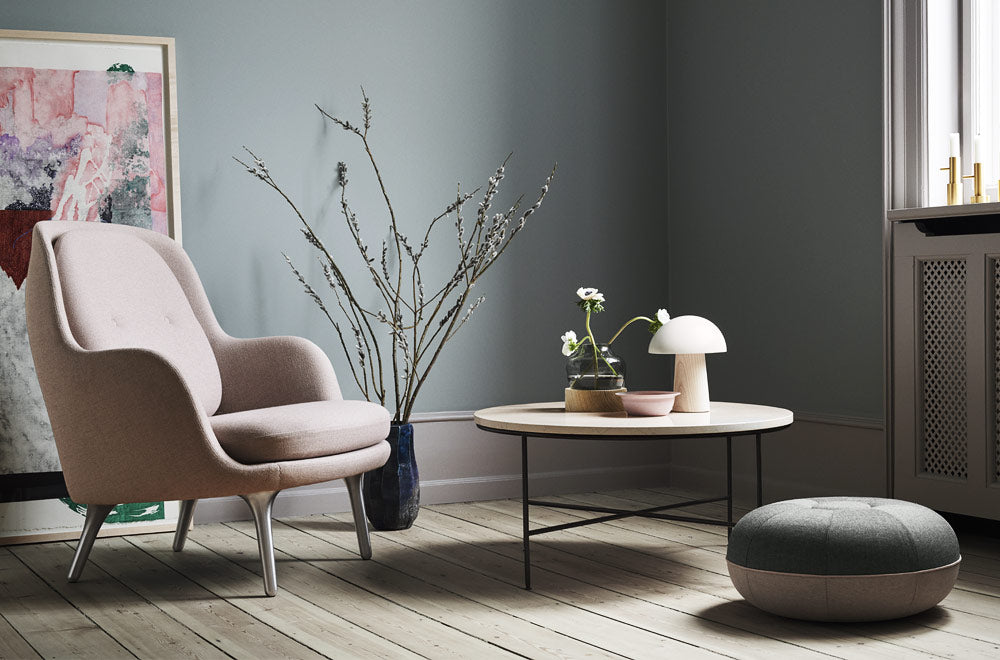2023 NEWS // Introducing the PK4 Lounge Chair by Poul Kjærholm
Designed in 1952, this striking, streamlined silhouette was one of Kjærholm’s earliest designs after graduating from the Danish School of Arts and Crafts in Copenhagen. Its visionary approach reveals an early example of Kjærholm’s continuous research of geometry.
Seven tubular steel pieces are welded into a single frame, the back and seat are of a single length of halyard—the result is a light and sculptural expression that is both ingenious and elegant. The design perfectly captures Kjærholm’s unique ability to distill technically complex ideas into visually arresting, functional objects that are as much standalone works of architecture as they are furnishings that stand at the intersection of art and design.
62W x 75D x 72H cm
Flagline: Flag Halyard in Natural or Black
Steel frame: Powder Coated Steel or Black (190)
Poul Kjaerholm was born in 1929 in Øster Vrå, Denmark. He finished his apprenticeship as a cabinet maker with Grønbech in 1948 and graduated at the School of Arts and Crafts in Copenhagen in 1952 with a.o. the PK 25 chair that is still produced by Fritz Hansen.
Poul Kjaerholm was very articulate and with natural authority he started an outstanding career as an educator in the same year (1952) but continued to study with Prof. Erik Herløw and Prof. Palle Suenson.
From 1955, the year he did the famous PK 22, for which he received the Lunning Award in 1958, he became assistant at the Royal Danish Academy of Arts in Copenhagen and lecturer in 1959. He became head of the Institute for Design in 1973 and finally professor in 1976 until his premature dead in 1980. Over all these years he designed dozens of chairs, long chairs, and tables that became landmarks for Danish furniture design, including the famous PK 24 long chair. Most of his furniture was initially and until 1982 produced by his friend E. Kold Christensen in Hellerup.
A wide selection of that production has been part of the Fritz Hansen collection since.









































